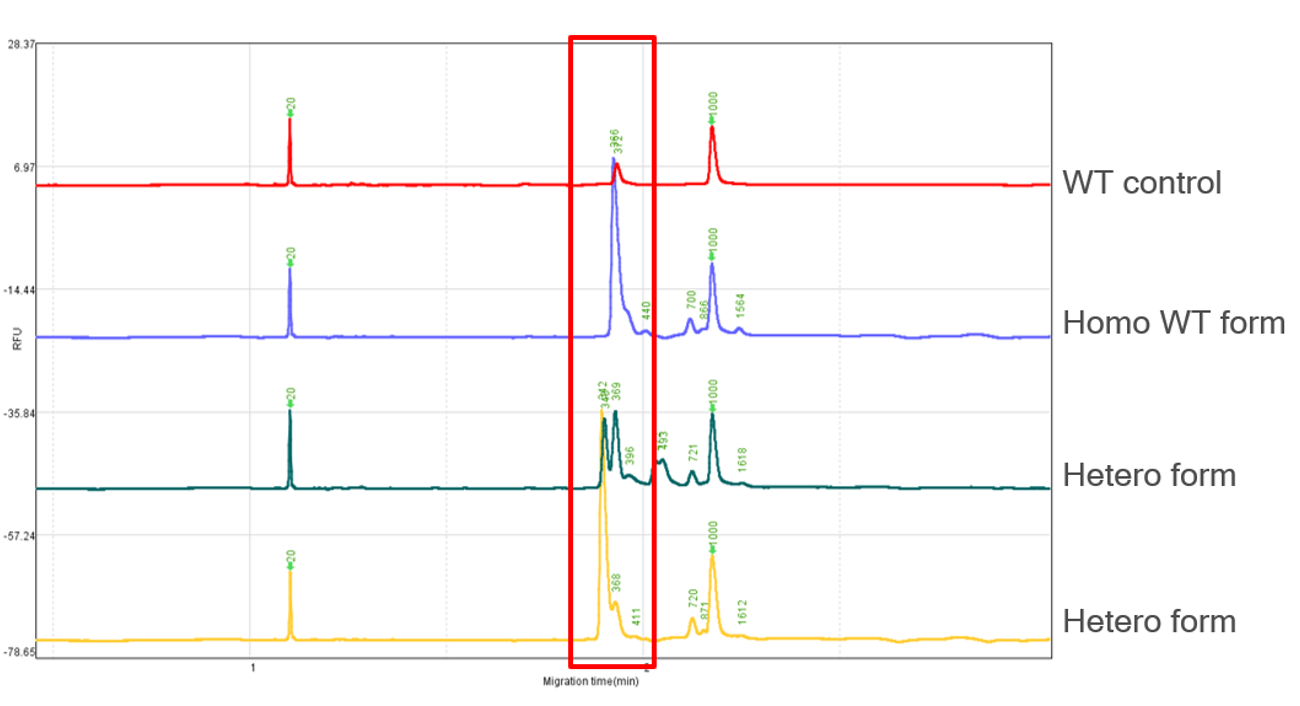CRISPR/Cas
CRISPR is a Genome Engineering technique that uses protein to interact with DNA. Genome editing begins with dsDNA cleavage. Cas9 is a dual-RNA-guided dsDNA endonuclease that is programmed by a single chimeric RNA. The guide RNA positions the Cas9 enzyme to the correct position on the target DNA for cleavage.
CRISPR typically uses a version of the Cas9 nuclease to cut double-stranded DNA at a specified point in the genome, after which the cell’s endogenous machinery will repair the break. Under the right circumstances, the cell can be made to incorporate a donor DNA sequence into the break site, thus allowing for gene insertion, modification, or knocking out. CRISPR-Cas9 targets a specific genetic location determined by a homologous RNA (termed a guide RNA or gRNA). And unlike editing with TALENs (transcription activator-like effector nucleases) or ZFNs (zinc finger nucleases), using a gRNA means that no elaborate protein engineering is required to achieve sequence specificity, and is thus easier and faster.
CRISPR-Cas is now being adapted for human purposes. For example, CRISPR-Cas-based applications are simplifying the genetic editing of eukaryotes, transforming research, biotechnology, and medicine.

The figure shows that the Zebrafish genome samples are edited by CRISPR (Knock out 8bp). Before using Qsep100, they used sequencing to check the results of CRISPR. However, the Zebrafish has two copies (two alleles), Sanger sequencing is unable to distinguish the Hetero Deletion form, especially when the signal of the minor peak is much weaker than the major peak. In the Qsep100 platform, it can easily distinguish the 3 different forms (Homo WT, Hetero, and Homo Del forms), and also obviously display the minor peak (yellow line). Hence, users may know which sample is well edited.
CRISPR technology can empower basic research and expedite the application and transformation of research. Engineered nuclease gene editing can find good applications in agriculture. For instance, the CRISPR-Cas system could introduce large chromosomal deletions, up to 245 kb, in the rice genome (research by Bing Yang, Ph.D. associate professor of plant biology at Iowa State University) and can also be expanded to establish a highly efficient targeting system in corn.
CRISPR-Cas9 Technology is fundamental to Biology IT Toolbox:
• DNA Structure / Sequencing
• Restriction Enzymes
• PCR
• Genome Editing
